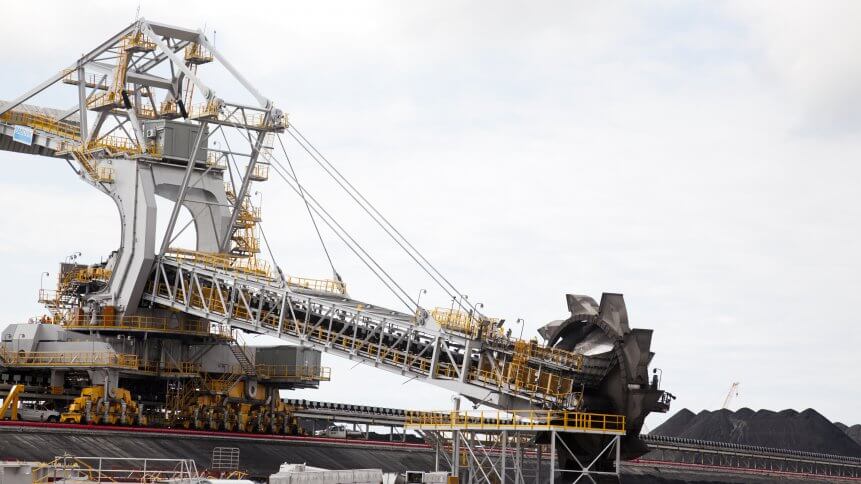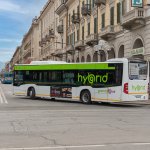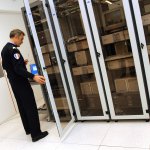
- The world’s largest coal port will be powered 100% by renewable energy as part of its plan to decarbonize by 2040
- The port announced that it signed a deal with Iberdrola, which operates a wind farm near Dubbo, to supply green energy through their agreement
- The NSW government is also pushing forward with a bold plan to make Australia’s most populous state the world leader in hydrogen technology, to deliver hydrogen at US$2 per kilogram by 2030
The world’s largest coal port – the Port of Newcastle (PON) in New South Wales (NSW), Australia – will be powered 100% by renewable energy as part of its plan to decarbonize by 2040. The historic move comes as coal power generation in Australia’s national electricity market fell to its lowest level in the final quarter of 2021, dropping 5.9% compared to 2020.
It would mean replacing one of Australia’s most polluting industries with one of the cleanest. Such a decision reflects how quickly significant changes occur in Australia’s electricity sector. The sector is undergoing a significant transition, with renewables and distributed generation growth, increasing competition in wholesale markets, and changing consumption patterns.
Partnership strategy to decarbonize
The port announced that it signed a deal with Spanish global energy company Iberdrola, which operates a wind farm near Dubbo, to supply green energy through their agreement.
PON said the partnership enabled it to secure a retail power purchase agreement, providing the port with large-scale generation certificates which have direct linkages with the Bodangora Wind Farm in the Orana region of NSW.
Coal exportation to Asia
The Port of Newcastle is the largest terminal for coal exports from the Hunter Valley region. The port continues to export an annual average of 165Mt of coal.
NSW coal is exported to Asia, receiving more than 95% coal exports. The primary customers are Japan (41%), China (18%), South Korea (17%) and Taiwan (11%), with exports also going to Thailand, India, and Malaysia.
Working on new infrastructure projects to help decarbonize operations
The port will switch 97% to electric vehicles and work on new infrastructure projects to help decarbonize its operations. The business will accept coal export and traffic as Newcastle is an “open access port”. Still, it hopes that its decarbonization action will help lead the way for its workforce and other companies to follow suit.
New South Wales – lofty goals of becoming a major hydrogen exporter
In addition, the NSW government is also pushing forward with a bold plan to make Australia’s most populous state the world leader in hydrogen technology, to deliver hydrogen at $2 per kilogram by 2030. The ambitious long-term target has seen the government spend up to US$2.2 billion on incentives.
YOU MIGHT LIKE

Europe is growing companies in sustainability
NSW introduced eight “stretch targets” that it hopes to achieve by 2030 as part of its H2 strategy:
- To produce 110,000 tonnes of green hydrogen per year.
- To utilize 700MW of electrolyzer capacity.
- To “reduce the cost of green hydrogen” to under US$2 per kilo.
- To build 100 hydrogen refueling stations.
- To have 10,000 H2-powered vehicles on its roads
- 20% of the state government’s heavy vehicle fleet to run on hydrogen.
- To blend 10% hydrogen into the state’s gas networks (by volume).
Creating up to 10,000 new jobs by 2030
The strategy aims at creating up to 10,000 new jobs by 2030. It may also reduce the operating costs of trucks in the state by up to $74.05 million by 2030. This could deliver up to an additional $14.36 million in annual revenues.
The waivers include exemptions from government electricity levies, fund decarbonization objectives, and reduce the cost of infrastructure. This includes a 90% reduction in transmission and distribution charges for electrolyzers installed by 2030 for 12 years (only where the network has spare capacity).









